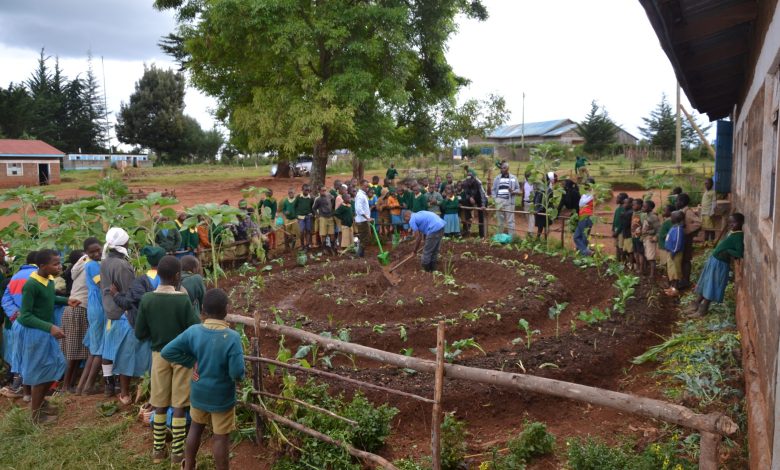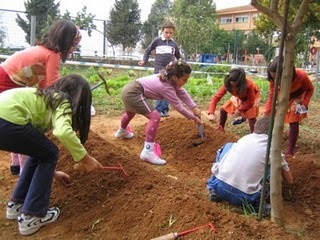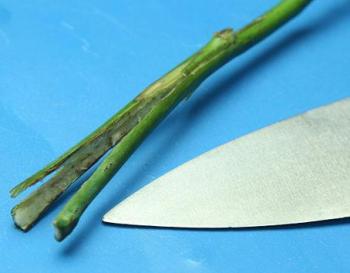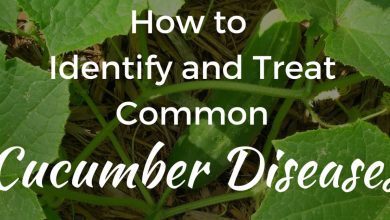Educational project with a school garden

This article is going to be related to a typology of orchards that has already been treated here but that I would like to delve deeper into, it is about the orchards that are intended for the little ones. These are the school gardens.

A great difference of this type of orchards are the objectives towards which they are directed, which can be distinguished in three differentiated blocks such as: the environmental, social and urban objective. Below we will show some of the objectives that appear in a Spanish education project using an urban garden. In the article that already appears on this page we find the objectives set by the FAO. The common objectives in the few Spanish schools lucky enough to have a school garden inside or near their neighborhoods are:
- The teaching of environmental sustainability.By increasing green areas within schools, we increase the presence of nature in the city and this shows the entire educational environment how vulnerable we can become if we do not take care of nature. On the other hand, it improves the functioning of the urban ecosystem since these orchards have an ecological character. It is also very important to make children see a fundamental thing and that is that a garden is not only a space to enjoy or relax, but it is a work space through which we obtain a totally necessary benefit such as food, but for This requires a series of efforts and important care. They are also taught the necessary toolsto be able to cultivate, adapted so that children do not suffer any type of harm.
- The development of a collaborative citizenry.In recent times we have realized that we have to move towards a society that is governed by the necessary coherence between the objectives of urban planning and sustainable development. If we are not able to show this coherence from the earliest ages, children will never know that the correct use of resources is somewhere between these two options. It is these little ones who are being introduced into society, and therefore, who must be taught so that this uncontrolled use of the land does not occur again. For this reason, in this type of orchard, the active participation of families is also necessary.
- Learning of the social dimension of the garden.This is perhaps the point that those of us who like the subject of agriculture and have not been able to develop our educational activities in a school with a school garden can miss the most. Within this section we distinguish:
- Learn to cultivate, in order to recognize the importance of food. That is, «putting our hands in the ground» since we are little.
- Children will be trained so that they know how to share tasks and commitments and so that their social relationships are much more fluid.
- The social relations of the people of the neighborhood will be favored, because we must remember that in these orchards the participation of the parents is also absolutely necessary, as they are the ones who are going to help us explain to their children the most beautiful aspects of the rural world, since They are the ones who have lived this environment more closely.
- The aim is to make known the customs of the Spanish locality in which we find ourselves, such as the typical species, the customs of rural work or the production cycles. With this objective, these customs will be recovered, which due to the passage of time in some areas have been disappearing.
These objectives that we have developed would not make any sense if the figure of the teacher did not exist, the only one capable of carrying them out in a playful and motivating way for children. And how do they do it? Through activities that, starting from the game, become an educational, didactic and enriching experience, both for the children and for themselves.
Let’s look at an example:
RAINBOW ROSES
In the garden we have planted flowers, such as rose bushes whose flower color is white or pink. Children love bright and cheerful colors so we have decided to create our own roses, and they will be «rainbow» in color.

To carry out the activity, it will only be necessary, in addition to the roses: pruning shears, wicker baskets, tall and thin glass glasses, 3 colors of food coloring, a sharp knife (which will only be used by the teacher), water and a little of patience.
The first part of the activity will be to put on the work overalls, take the necessary tools and go to the orchard to collect the roses. The little ones will be helped by the teachers since the stems of the flowers have to be cut very carefully, so as not to damage the plant and to avoid harming oneself, and it must also be done at a certain height: about 30 centimeters from the calyx.
The roses that are collected will be deposited in wicker baskets. Once enough have been collected for each child to have their own, they will go to the classroom where a perfect color laboratory will be prepared.
On the tables there will be 3 crystal glasses filled with water for each child, a knife and food coloring. The next step is to make 3 longitudinal cuts in the lower end of the stem (as many cuts as colors we want to add).

Now, we have to color the water. In each glass, add a splash of food coloring. It is better not to fall short so that the colors are very vivid. And the last step of this activity is to place the rose, in such a way that each section of stem that has been cut is inside one of the cups with dye.

After about 30 minutes you will be able to see the first results of the activity and the petals will be slightly tinted. However, we will have to wait about a week to see the final result.
After this activity, they will discuss with the children why the petals have been dyed, how the water has risen from the stem to the flower, relating this event to the process of nutrition and absorption of the plants. In this way, in addition to being a motivating, playful and experimental activity, it will also be an educational activity that we have been able to carry out thanks to the school garden.

![Photo of Lilo Cuttings in Water: [Associations, Best Time and Sowing]](https://www.complete-gardening.com/wp-content/uploads/2022/08/lilo-cuttings-in-water-associations-best-time-and-sowing-390x220.png)


